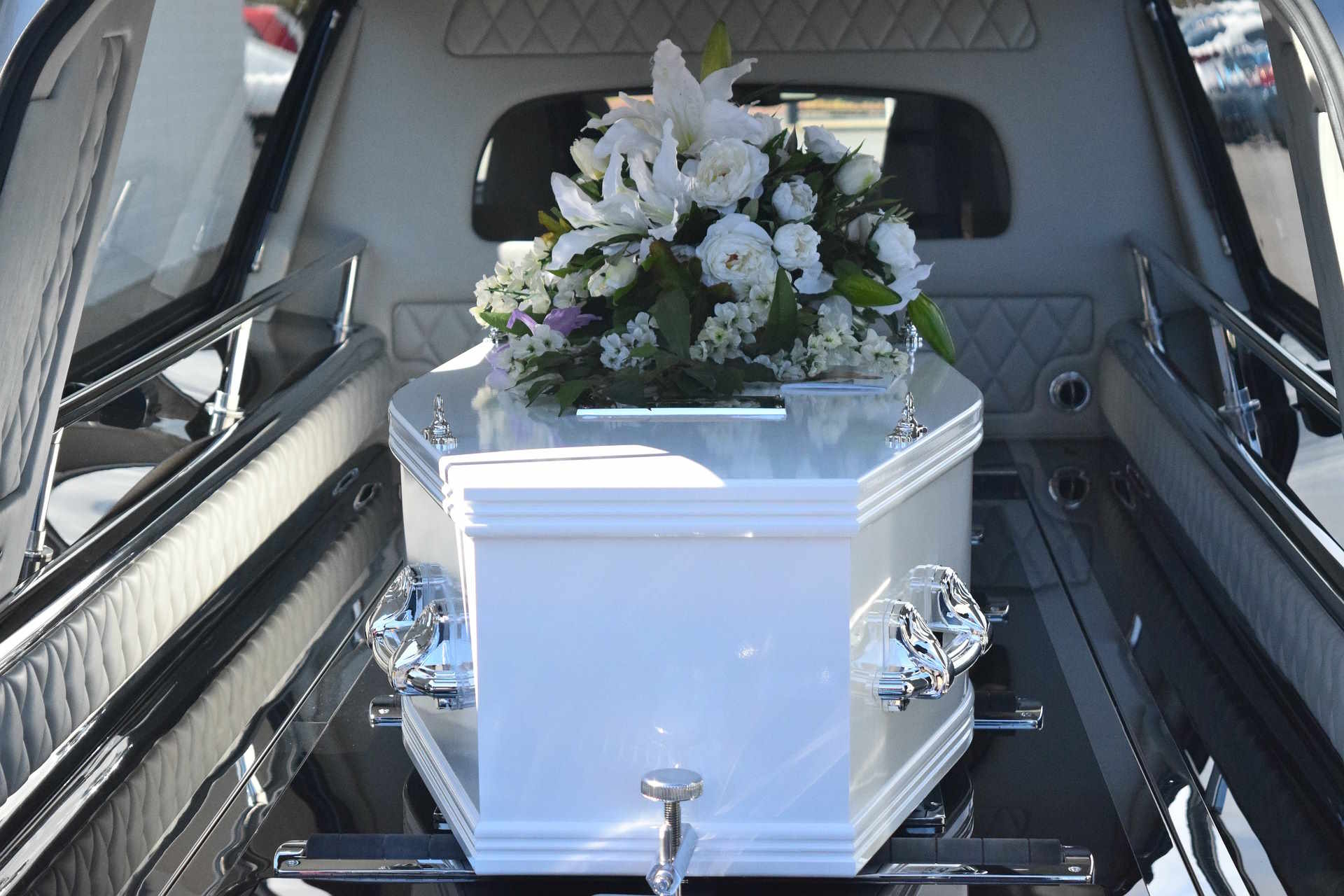Everything You Need To Know About Cremation Services And Costs In 2025
Cremation continues to evolve as a meaningful end-of-life choice for many families. As we move into 2025, both the process and associated services have undergone significant changes to meet growing demand and shifting cultural preferences. Understanding current cremation options, costs, and emerging innovations can help families make informed decisions during difficult times. This comprehensive guide explores the fundamental aspects of cremation services, cost considerations, and new developments that define the cremation landscape in 2025.

Burial vs. Cremation: Fundamental Differences
Cremation and burial represent distinctly different approaches to final arrangements, each with unique considerations. Cremation involves the process of reducing the body to bone fragments through intense heat, typically reaching temperatures between 1,400-1,800 degrees Fahrenheit. This process usually takes 1-3 hours, resulting in cremated remains (sometimes called “ashes”) that families can keep, scatter, or inter according to their preferences.
Traditional burial, in contrast, involves preserving the body through embalming or refrigeration before placement in a casket and interment in a cemetery plot. The fundamental differences extend beyond the physical process to environmental impact, religious considerations, and financial aspects. Cremation generally requires less land use than traditional burial and often produces a smaller carbon footprint. However, both options now offer environmentally conscious variations like green burial and flameless cremation that continue gaining popularity in 2025.
From a religious perspective, while many faiths have become more accepting of cremation, certain religious traditions still maintain preferences for burial. Cultural attitudes have shifted significantly, with cremation becoming increasingly normalized across diverse communities.
Cremation Costs and Services Available in 2025
The cremation service landscape in 2025 offers unprecedented variety in service options and price points. The core service categories include direct cremation (the simplest option with no viewing or ceremony), cremation with memorial service, and cremation following a traditional funeral service with viewing. Each service tier offers different levels of personalization and ceremony.
Understanding the components that influence cremation costs helps families budget appropriately. Basic cremation costs typically include the cremation process itself, transportation of the deceased, necessary permits, and a simple container for remains. Additional costs may involve services like viewing, embalming if viewing is desired, ceremonial elements, urn selection, and any special disposition arrangements.
Most cremation providers in 2025 offer package options alongside à la carte services. Basic packages generally include essential services while premium packages incorporate more ceremonial elements and personalized touches. Online arrangement platforms have become increasingly sophisticated, allowing families to research, compare, and even complete arrangements digitally, often at reduced costs compared to traditional funeral homes.
Cremation Service Cost Comparison in 2025
When examining cremation providers in 2025, significant price variations exist based on service levels, regional factors, and provider type. The national average for basic direct cremation ranges from $995 to $3,000, while full-service cremation with traditional funeral elements typically costs between $4,000 and $7,500.
| Service Type | National Average Cost | Regional Variation |
|---|---|---|
| Direct Cremation | $1,200-$2,500 | $800-$4,000 |
| Cremation with Memorial | $2,800-$4,500 | $2,000-$6,000 |
| Full-Service Cremation | $4,000-$7,500 | $3,500-$10,000 |
| Aquamation/Water Cremation | $2,000-$3,500 | $1,500-$5,000 |
Prices, rates, or cost estimates mentioned in this article are based on the latest available information but may change over time. Independent research is advised before making financial decisions.
Independent cremation providers often offer the most competitive pricing, particularly for direct cremation services. In contrast, traditional funeral homes may charge premium rates but typically provide more comprehensive service options. Many providers now offer transparent pricing models with clearly defined packages that help families understand exactly what they’re paying for.
Regional differences remain pronounced in 2025, with urban centers generally commanding higher prices than rural areas. The Northeast and West Coast continue to have the highest average cremation costs, while the Midwest and Southern states offer more moderate pricing. Online providers have disrupted local markets by offering competitive direct cremation services with digital arrangements, though transportation limitations may apply.
Emerging Trends in Cremation Services
Innovation continues to reshape cremation services in 2025, with several notable trends gaining momentum. Environmentally conscious options have expanded significantly, with water cremation (aquamation/alkaline hydrolysis) becoming widely available across most states. This process uses water, alkaline chemicals, and heat to accelerate natural decomposition, producing similar remains to flame cremation but with a significantly reduced carbon footprint.
Digital memorialization has evolved into sophisticated platforms that integrate with cremation services. Virtual memorial spaces now offer immersive experiences where loved ones can gather regardless of physical location, incorporating elements like augmented reality, interactive timelines of the deceased’s life, and secure spaces for sharing memories. QR codes linked to digital memorials are commonly incorporated into physical monuments and urns.
Personalization has reached new levels with expanded options for cremated remains. Beyond traditional urns, families can choose biodegradable containers, jewelry incorporating remains, orbital scattering services, and even transformation into memorial diamonds or vinyl records. Cremation gardens and columbaria have evolved to incorporate more personalized and interactive elements, allowing for meaningful memorial spaces that reflect individual personalities.
Pre-planning platforms have become increasingly sophisticated, allowing individuals to design their cremation arrangements down to specific details. These services typically offer secure digital storage of preferences and can coordinate directly with service providers when needed, removing uncertainty for families during difficult times.
As cremation continues its trajectory as the preferred choice for end-of-life arrangements in 2025, the emphasis on meaningful, personalized experiences remains paramount. Whether families seek simplicity, environmental consciousness, or elaborate memorial options, the expanding cremation landscape offers solutions to honor loved ones in ways that reflect their unique lives and values.




